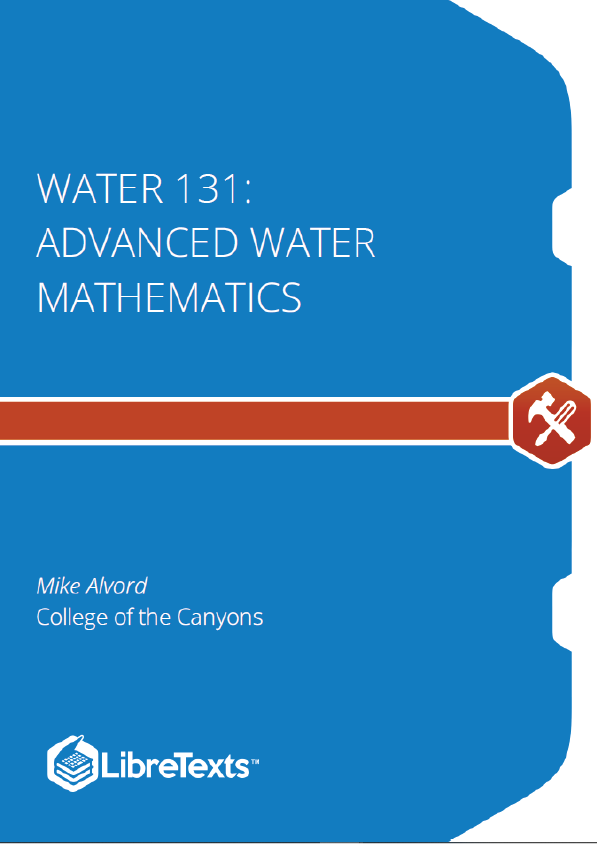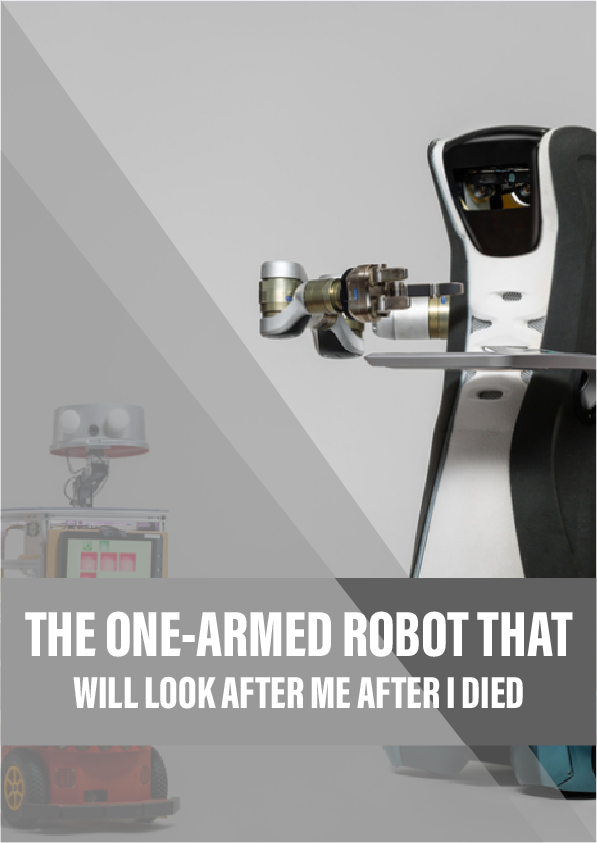This text examines advanced study of mathematical principles related to pump hydraulics: horsepower, flow rates, pump curves, chemical dosages, detention time, filtration and backwash rates, CT calculations and various utility management analyses related to budget preparations, water rate structures, and demand design forecasting. Focuses on mathematical computations within the expected range of knowledge on the State of California Water Resources Control Board exams for Drinking Water Distribution 3, 4, and 5, Drinking Water Treatment 3 and 4, and Wastewater Treatment 3 and 4.
“Will I ever use UDA in real life?” This sort of question usually pops into the heads of students in all subjects, but in math, it happens quite often. In a practical sense, UDA can be looked at as converting between currencies. If you travel to Europe for example, you will want to know how many Euros equal a dollar. Or you may want to figure out how fast you are driving, in which case you would need to convert kilometers per hour into miles per hour. However, in the “world” of water, converting of units is commonplace. The following few questions are written with the perspective of “real world” scenarios.
In order to transport water from the source to treatment, to the distribution system, and, eventually, to the customer, it needs to flow through geometric shapes. An aqueduct brings water from Northern California to Southern California. Reservoirs and tanks store water before it enters the treatment process. Pipes flow water throughout the treatment plant and through the distribution system. Above ground storage tanks and elevated storage tanks hold water and provide pressure to the distribution system. This is a crude description of the path water takes, but it illustrates the point of different structures and shapes that water must transfer through. Areas Calculating areas is the first step in working with geometric shapes. Areas are used to determine how much paint to buy, how much water can flow through a pipe, and many other things. A circle, a rectangle, and a trapezoid are probably the most common shapes you will encounter in the water industry. However, a sphere, a triangle, a half circle with a rectangle can also be found. These are the structures we will focus on in this chapter.
Areas
Calculating areas is the first step in working with geometric shapes. Areas are used to determine how much paint to buy, how much water can flow through a pipe, and many other things. A circle, a rectangle, and a trapezoid are probably the most common shapes you will encounter in the water industry. However, a sphere, a triangle, a half circle with a rectangle can also be found. These are the structures we will focus on in this chapter.











